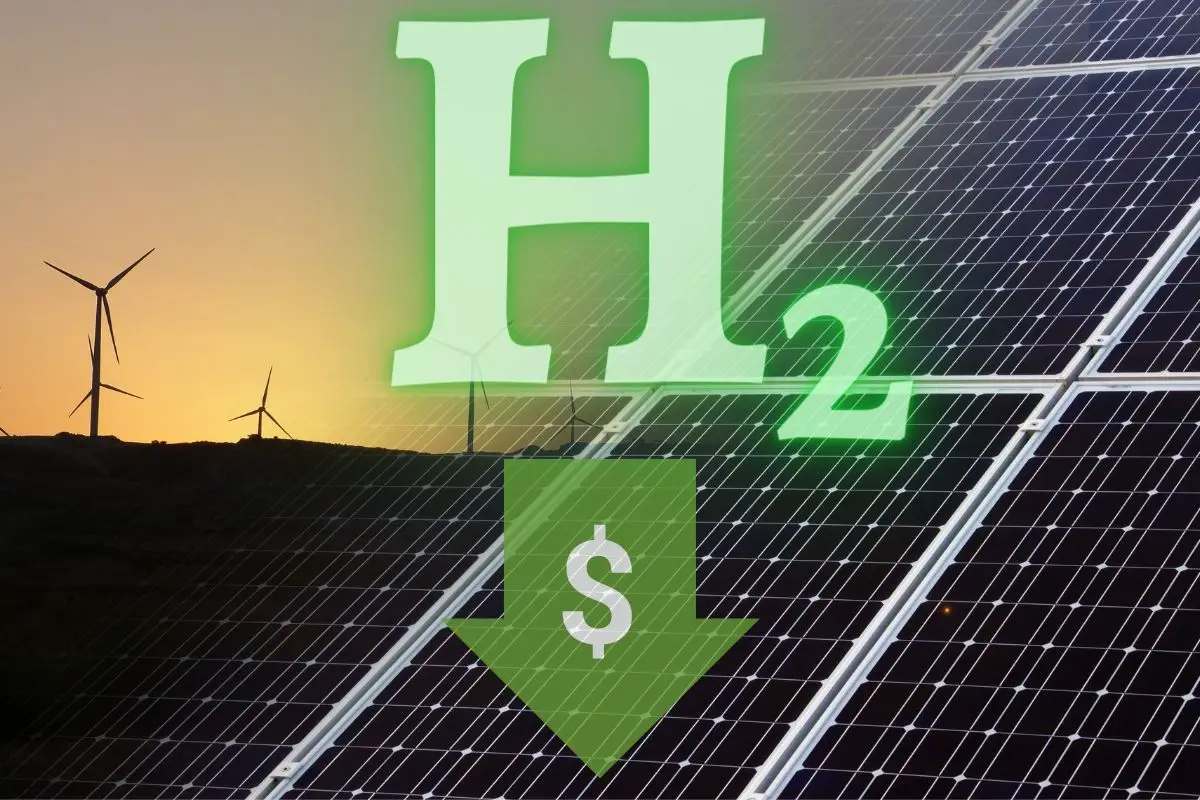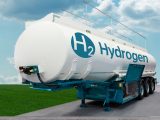
Is hydrogen fuel really the clean energy climate change targets need?
December 2, 2021Newly published research shows that blue H2 produces “substantial” emissions even with carbon capture.
Since COP26, hydrogen news headlines have been hot topics, but according to recently published research, the form most countries are leaning on as their clean energy future actually produces “substantial” emissions.
Blue H2 uses fossil fuels (other than coal) to power its production, followed by CCS.
Despite the positive attention blue hydrogen fuel has been getting from countries that are releasing their H2 strategies, new research shows that it may not be nearly as clean as all the hype suggests. This form of H2 is produced by processes powered by fossil fuels, most commonly natural gas. If the process stopped there, it would be called gray H2. What makes it blue is the carbon capture and storage (CCS) that is meant to keep the greenhouse gas emissions out of the atmosphere.
Blue H2 has been a major focus in the clean energy strategies of countries and regions around the world such as the United States, Canada, the European Union, Australia, and Japan, among others. However, a paper published in the Applied Energy journal suggests that the CCS technology isn’t as good as most of those countries had hoped. The research determined that “substantial” greenhouse gas emissions occur even when efforts are made to capture the carbon dioxide and store it underground before it can be released into the atmosphere.
Blue hydrogen fuel may not offer nearly the emissions reduction offered by green H2.
“Hydrogen made from natural gas leads to more fugitive emissions — methane that is leaked into the environment during the extraction and processing of natural gas — compared to just burning natural gas directly,” said the peer-reviewed paper’s co-author Fiona Beck of the Australian National University. “Including [carbon capture and storage] in the process actually increases fugitive emissions further, as more natural gas is needed to fuel the process.”
Over 100 countries, including the United States committed to a Global Methane Pledge at COP26, the UN climate summit in Glasgow, Scotland, which took place earlier this month. The commitment was to slash methane emissions by 30 percent by 2030 when compared to levels recorded in 2020. Methane is an exceptionally potent greenhouse gas, making it an important focus in efforts to reduce the impact of emissions on climate change. For many countries, reaching that goal relies on the use of hydrogen fuel instead of fossil fuels.
Hydrogen fuel made with natural gas may still be highly polluting even with carbon capture and storage.
Though green hydrogen fuel, produced using renewable energy such as wind and solar power, is considered cleaner, it comes with substantial hurdles in its way. This process of splitting water comes with a higher price tag and often requires new electricity generation to be constructed from the ground up instead of using fossil fuel-based power already in place. As a result, it is typically associated with considerably higher prices.
The research examining the emissions from blue H2 follows one published in August by Cornell and Stanford University. They found that blue H2 pollutes 20 percent more greenhouse gas than burning gas or coal for heat. In the new study, researchers from Australian National University compared both the financial cost and the emissions resulting from producing hydrogen fuel using fossil fuels with those made with renewable energy.
Recent studies have been looking into the various technologies employed, commonly assuming that high carbon capture rates are in place. That said, those studies have not assessed the impact of fugitive emissions and lower capture rates on the total emissions released and the costs associated with production, said the researchers.

Green hydrogen fuel may be cheaper than blue within the Australian market.
While producing green hydrogen fuel is associated with higher costs because renewable energy sources such as solar and wind are not yet locally established, that could change, said the researchers. They pointed out that if they invest heavily in clean energy, such as solar that would take advantage of the abundant sunshine in Australia, as well as its powerful winds and vast amounts of land available, the cost of clean H2 could rapidly fall once those power sources are in place.
“Our work highlights that large investment in fossil-fuel-based hydrogen with CCS could be risky, locking in a new fossil fuel industry with significant emissions, and one that is likely to be out-competed by renewable technologies in the future,” said Beck.
About Australian National University
The Australian National University is a public research university that boasts seven teaching and research colleges on top of a number of national institutes and academies.
 Interested in alternative energy and how hydrogen fuel works?
Interested in alternative energy and how hydrogen fuel works?
Many are wondering…is hydrogen energy the future? There are many signs that point to yes…some day, the world could rely on H2 to keep the lights on – Learn more about How efficient is a hydrogen fuel cell. Also, why big named companies like Rolls Royce, Shell, BP and more investing into green hydrogen projects for the near future – Read more about – Who is the largest producer of green hydrogen? Also, make sure to visit our H2 Learning Center.



 With over 15 years of reporting hydrogen news, we are your premier source for the latest updates and insights in hydrogen and renewable energy.
With over 15 years of reporting hydrogen news, we are your premier source for the latest updates and insights in hydrogen and renewable energy.
The grey hydrogen (H2) is produced by the steam reforming of fossil methane (by SMR); for every kg of H2 produced, 9.3 kgs of carbon dioxide (CO2) is produced. Blue methane process captures most of the CO2, but 10 -15% of the CO2 fails to be captured because of the nature of chemical equilibria. Then the captured CO2 has to be stored permanently at high pressure in deep disused gas wells (CCS). The production of blue hydrogen via SMR and and CCS is a essential step to reach 2050 as the rising demand for hydrogen is likely to exceed the production of green hydrogen by electrolysis for many years, but by 2050 the production of hydrogen from fossil methane needs to be phased out.